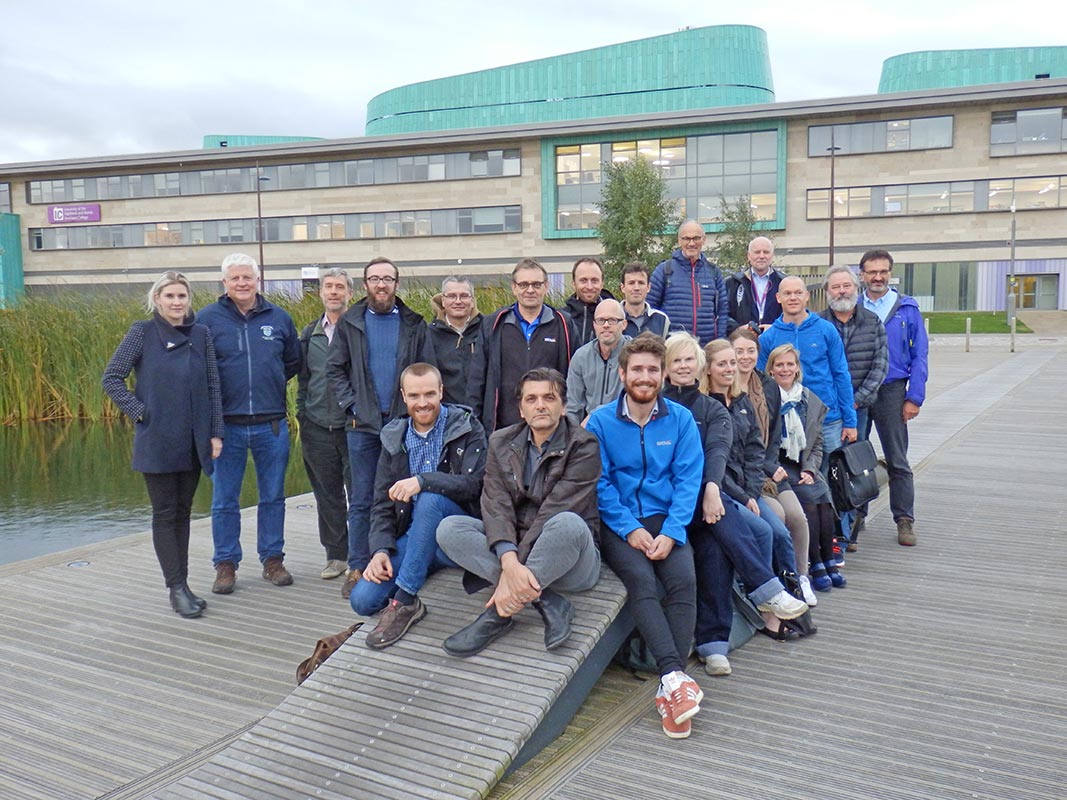Salmon research attracts international experts to Inverness College UHI
LEADING international scientists have gathered at Inverness College, part of the University of the Highlands and Islands, to discuss the genetic interaction between farmed and wild Atlantic salmon.

Hosted by the Inverness College UHI Rivers and Lochs Institute (RLI) and led by Fisheries and Oceans Canada, experts from countries including the USA, Canada, Ireland, Iceland, Norway and Scotland gathered at Inverness Campus to review and evaluate existing knowledge.
The scientists also looked at how to bring this data together in a trans-national programme to help predict and monitor the potential impact from genetic interaction in support of the sustainable management of salmon farming around the North Atlantic. The two-day workshops followed a gathering of the same group in Galway, Ireland, earlier this year.
Professor Eric Verspoor and Dr Mark Coulson, of the RLI, gave an up-date on their work in Scotland, including existing collaborations with colleagues from Marine Scotland Science and 11 other research institutions across Europe to design a new molecular genomics tool which could shed light on the high mortality rate in Atlantic salmons stocks seen over the last few decades.
Dr Coulson, an RLI researcher, said: “By the end of the workshops, an international collaboration was agreed, which will use a set of test rivers from each of the participating countries. Combining information on these rivers with the use of computer simulations, we will investigate and compare different scenarios regarding the effects of interactions between farm escaped salmon and wild populations. This will provide valuable information on the long-term potential and viability of wild salmon stocks and guidance for managing these interactions”.